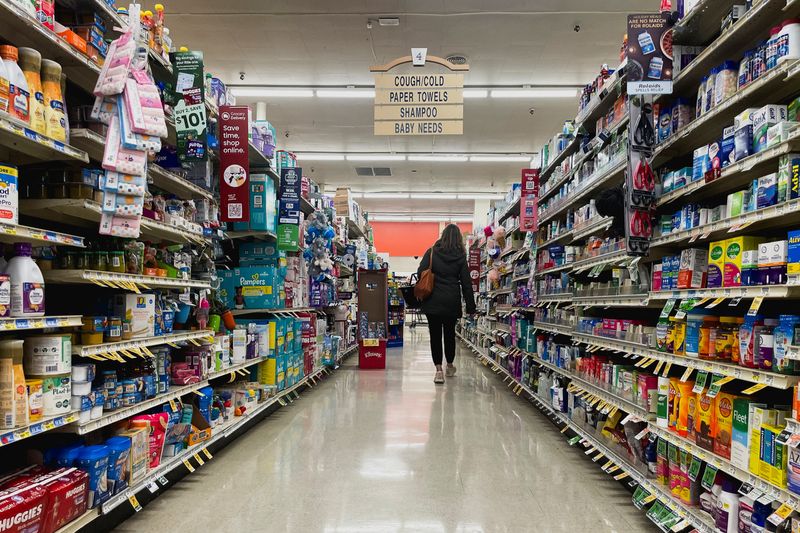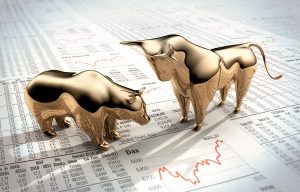
By Lucia Mutikani
WASHINGTON (Reuters) -U.S. consumer prices increased by the most in nine months in December amid higher costs for energy goods, pointing to still-elevated inflation that aligns with the Federal Reserve’s projections for fewer interest rate cuts this year.
There were, however, some hopeful signs in the fight against inflation, with the report from the Labor Department on Wednesday showing a measure of underlying price pressures subsiding after barely budging for four straight months.
That raised prospects of tame monthly readings in the inflation gauges watched by the U.S. central bank for its 2% target, and prompted financial markets to bet on a rate cut in June.
A resilient economy, the threat of broad tariffs on imported goods and mass deportations of undocumented immigrants – actions that are deemed inflationary – have led the Fed to project a shallower rate-cut path this year. President-elect Donald Trump, who will be inaugurated next week, has also pledged tax cuts, which would fuel economic growth.
“There’s still more inflation-fighting work for the Fed to do, which is why it has shifted plans to more slowly reduce the still-restrictive federal funds rate,” said Sal Guatieri, a senior economist at BMO Capital Markets.
“It will stand pat later this month, and may not resume cutting rates until it gets some clarity on the inflation pass-through of the tariffs that could begin rolling out next week.”
The consumer price index rose 0.4% last month, the largest gain since March, after climbing 0.3% in November, the Labor Department’s Bureau of Labor Statistics said. A 2.6% jump in the cost of energy products accounted for more than 40% of the increase in the CPI. Energy prices, which had risen 0.2% in November, were boosted by a 4.4% surge in the cost of gasoline.
Consumers also faced higher prices for food, which rose 0.3% after advancing 0.4% in November. Grocery store prices rose 0.3%, driven by increases in the costs of cereals and bakery products, meats, poultry and fish.
Egg prices soared 3.2%, reflecting an avian flu outbreak that has reduced supply. They increased 36.8% year-on-year.
In the 12 months through December, the CPI advanced 2.9%. That was the largest rise since July and followed a 2.7% increase in November. Some of the rise in the annual CPI rate reflected last year’s low readings dropping out of the calculation. Economists polled by Reuters had forecast the CPI gaining 0.3% and rising 2.9% year-on-year.
Consumer prices increased 2.9% in 2024, slowing from 4.1% in 2023. Progress bringing inflation back to its target recently hit a snag. Consumers’ inflation expectations soared in January, with households concerned that tariffs would raise goods prices.
